There are myriad places to hunt for antiques from multi-dealer antiques centres to fairs and car boot sales, and whether you're seeking out a particular item or just browsing for unusual finds, it's hard to resist a bargain.
But how do you get the very best price for your one-off find?
Four experts from different areas of the antiques trade here give us their expert tips and wiliest ways to bag a bargain in any of the various places you might find yourself on a hunt...
HOW TO BUY AT ANTIQUES SHOPS AND CENTRES
Catherine Southon, Antiques Road Trip specialist and auctioneer
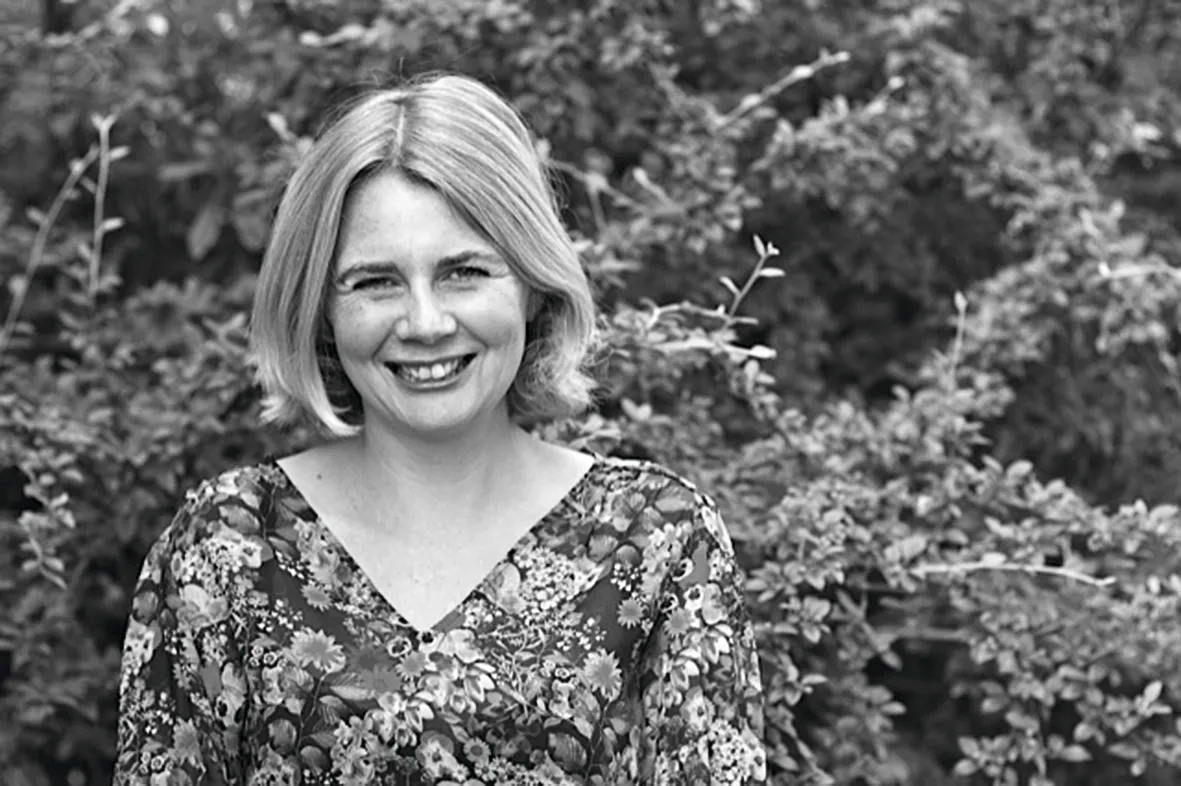
In big antiques centres avoid the glitzy cabinets and head for the dusty corners and shelves where the best bargains hide.
Don’t just look at things at eye level – look underneath tables and on top of cabinets, shelves and dressers.
Ask if there’s anything new that’s just come in, but do it in a friendly way.
If a price ticket is faded, the item has been kicking around for too long so negotiate on price. The dealer will probably
want to get shot of it.
Centres often give a standard discount of 10 per cent on items, but ask if they could give you a better deal. If the piece is worth a few hundred pounds, the centre may be prepared to phone the dealer to check their best price.
HOW TO BUY AT AUCTIONS
Katherine Higgins, vintage expert and television presenter
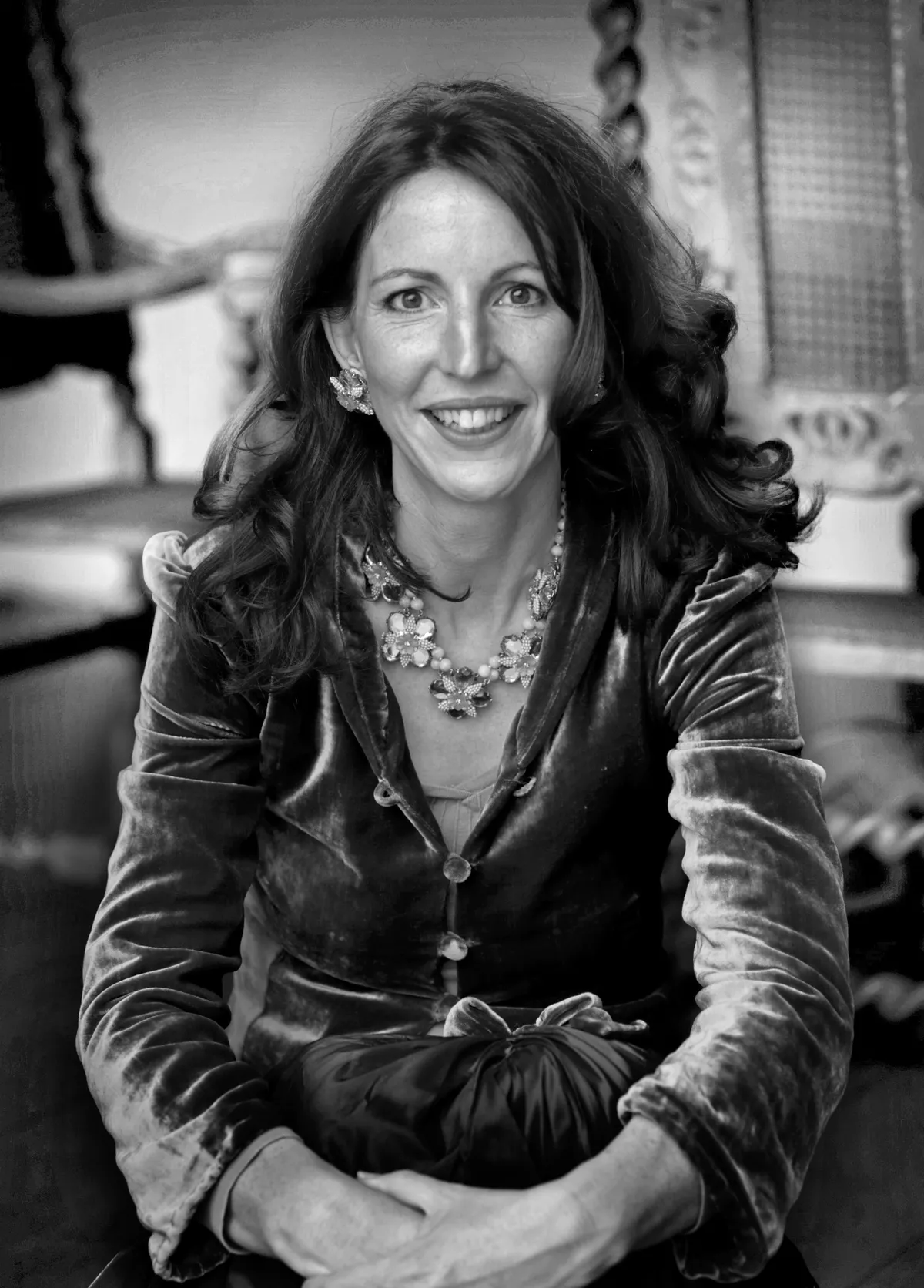
I prefer to go to small local auction houses to bag the best bargains. Find a few you like and keep an eye on their websites to see what’s coming up.
Make time to go to the sale preview to check out what’s what and the condition of items you’re interested in bidding on – the beauty of auctions is that you have time on your hands.
Look out for boxed lots of a variety of items – ceramics or vintage accessories, for example – as you never know what you might find when you rifle through, and your outlay is relatively low, from £30 to £50.
Have some vision. If you like vintage posters but can’t afford them, look for illustrated sheet music instead. These were often designed by the best artists of the day and look lovely framed on the wall.
Remember that on top of the auction hammer price the winning bidder has to pay a buyer’s premium of between 15 and 20 per cent on average of the hammer price, so factor that into your budget plan.
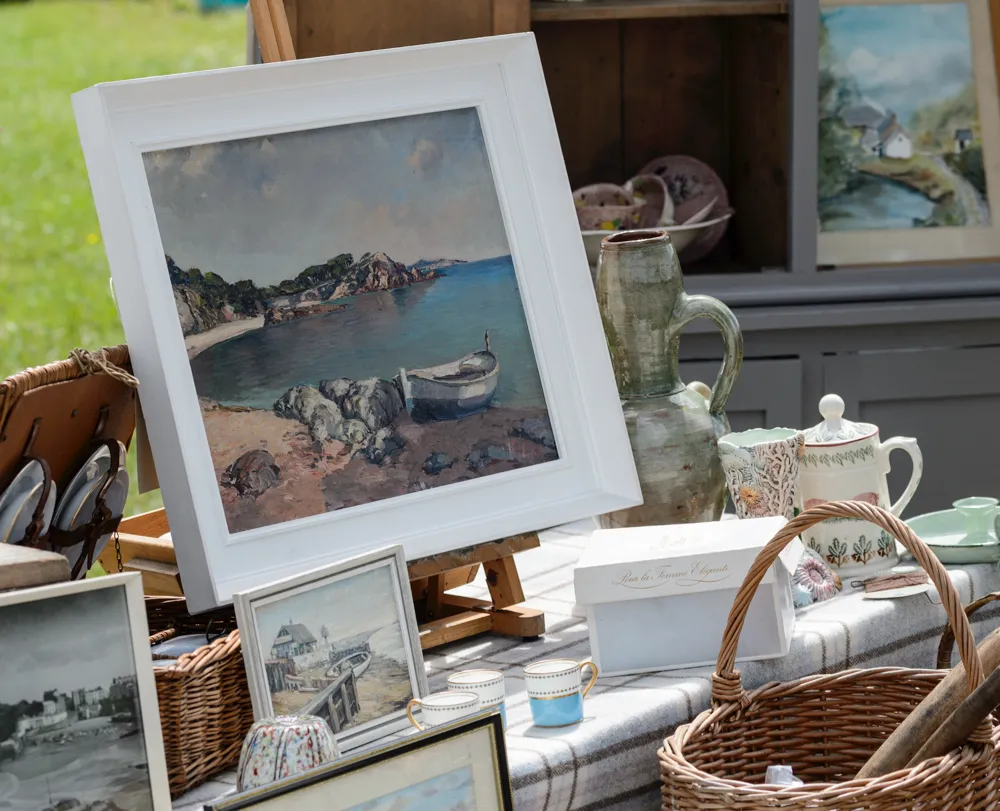
HOW TO BUY AT CAR BOOT SALES
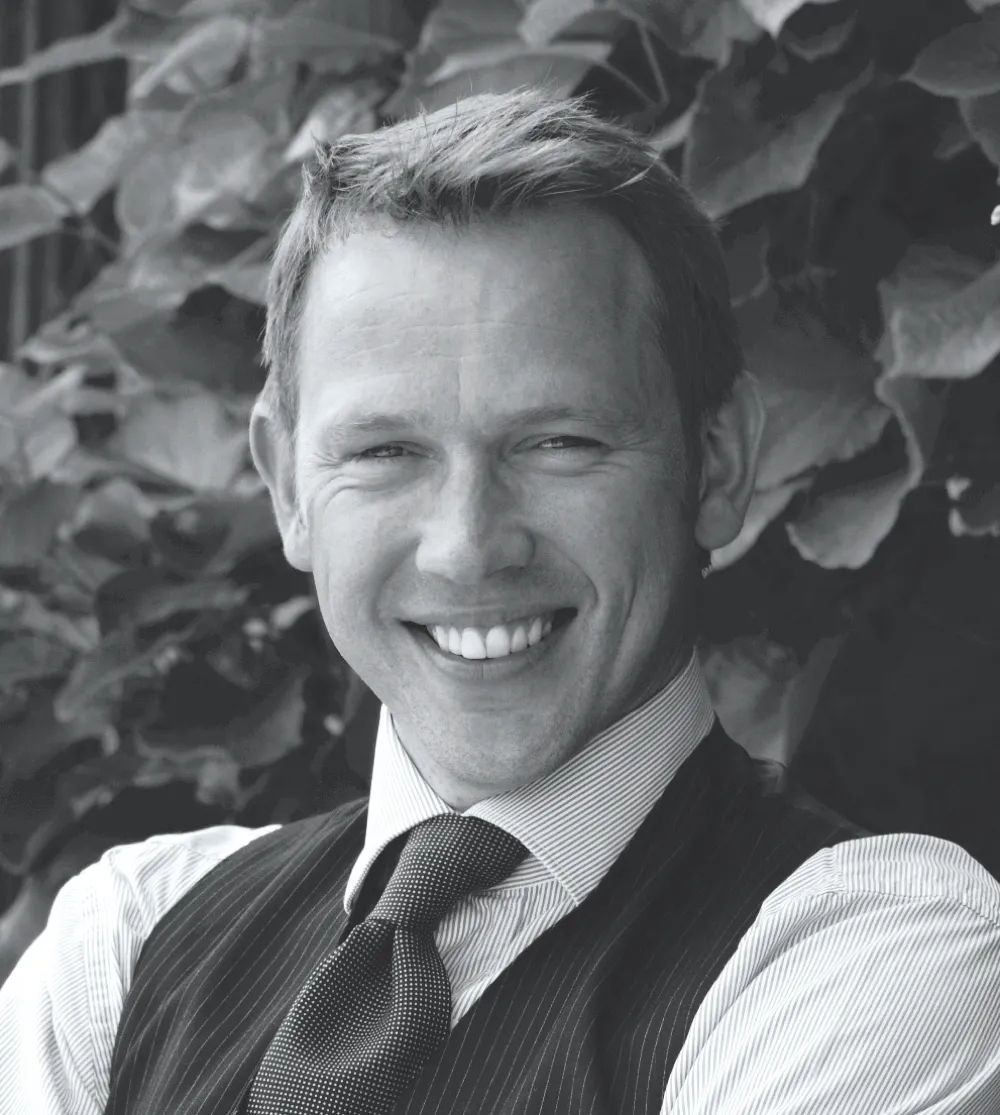
John Foster, Antiques Roadshow miscellaneous specialist and auction consultant at Cheffins
Get there as the cars arrive – the early bird catches the worm, after all. I’m talking 6am, not 9am, when all the best stuff will have gone. It’s an early start but it’ll be worth it.
Assess the type of car before you approach – is it a wily dealer in a small van or a couple clearing out their home that might yield some bargains?
Don’t think too much, go with your gut instinct and make a quick decision when you buy.
Be open to anything, whether it’s walking sticks or mirrors. If you spend a fiver on something and it turns out to be worthless, it’s all part of the learning experience. On the other hand, I recently bought a Fifties malachite cigarette box for £3, worth £80, and a Georgian glass comport for £10, worth £100.
HOW TO BUY AT FAIRS
Paul Martin, Flog It! presenter and dealer

Be first in the queue when the gates open. It’s the best way to get the pick of what’s available.
If you’re looking for jewellery at a fair, always take a jeweller’s magnifying loupe with you so that you can see the item in detail. And look for hallmarks – there are a lot of fakes around, which can be a costly mistake.
It pays to get to know dealers – if you can’t afford to pay for an item in one go, ask whether they will take instalments. Chances are they’ll say yes if they trust you.
Look out for decorative furnishings at fairs as they’re usually good value and there’s lots to choose from – country chairs, dressers, furniture that might benefit from a lick of paint or the odd repair. It might be brown when you buy it but you can transform it at home.
To get a bargain price, ask in a friendly way what the dealer’s best price is, then what their best price is for cash. Don’t push it any more after that, and don’t be rude.
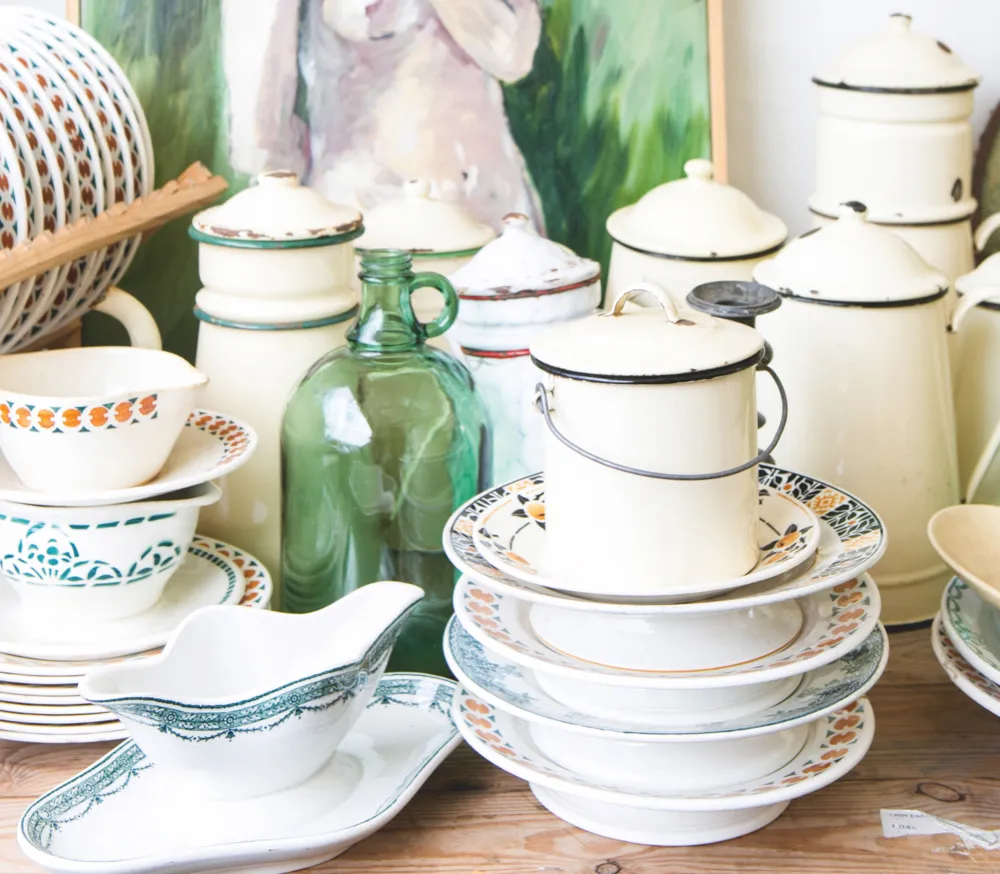
AND… HOW TO HAGGLE
Pay cash and be prepared to spend five to 10 minutes negotiating. Build up a rapport with the seller – ask about the provenance and so on and give something of yourself too, if the piece fuels a particular memory perhaps. Be friendly and ask the dealer what they would like. If it’s too high, ask if that is a reasonable price and what they would pay for it.
Always hold your nerve. If the price is inflated, walk away. There’s nothing to stop you trying again at the end of the day when everyone wants to go home having made a sale!
Images iStock/Jason Ingram
Stick to your budget with these less feted, but just as beautiful, alternatives to the most collected antiques:
1
18th-century porcelain
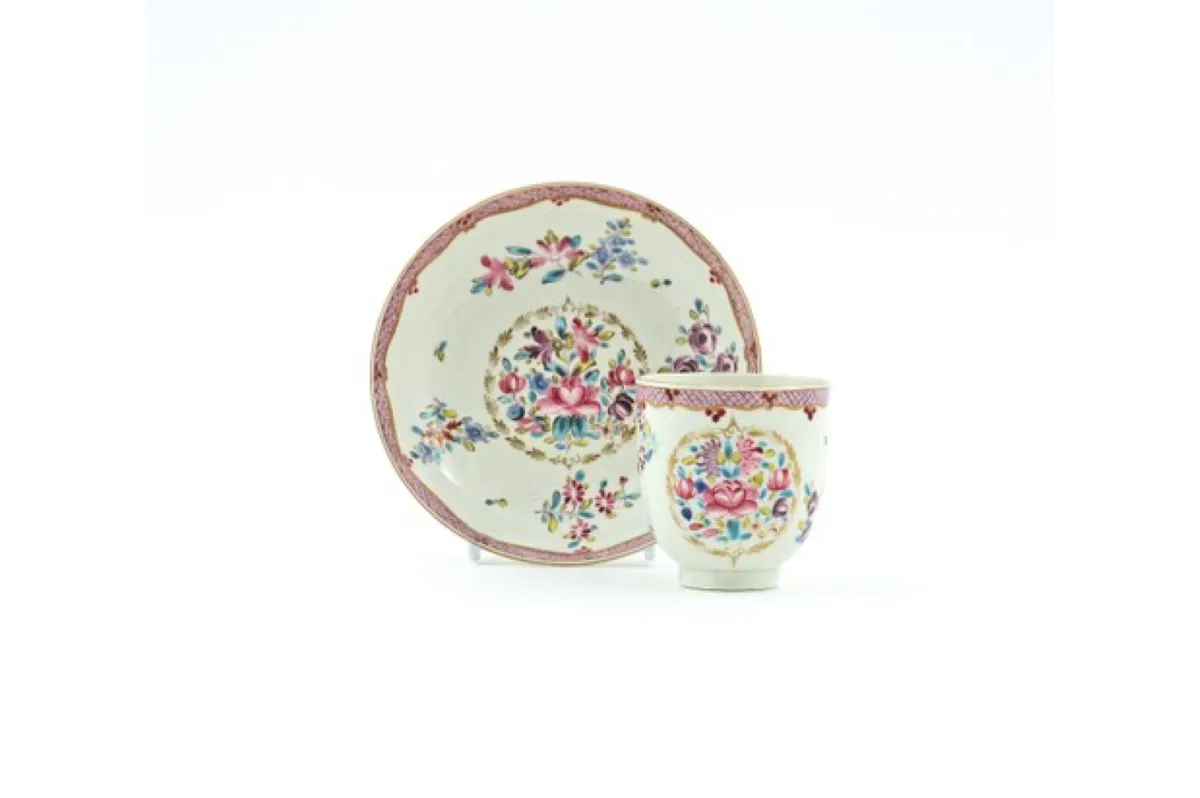
Floral, feminine and made for the French royal court,Sèvres porcelainof the second half of the 18th century is becoming incredibly fashionable and therefore reaching staggering prices at auction. For porcelain that is as charming but more affordable, considerEnglish Worcestertableware of the later 18th century. This pretty coffee cup and saucer, c1775–78, sold for £140.
2
Children's Books
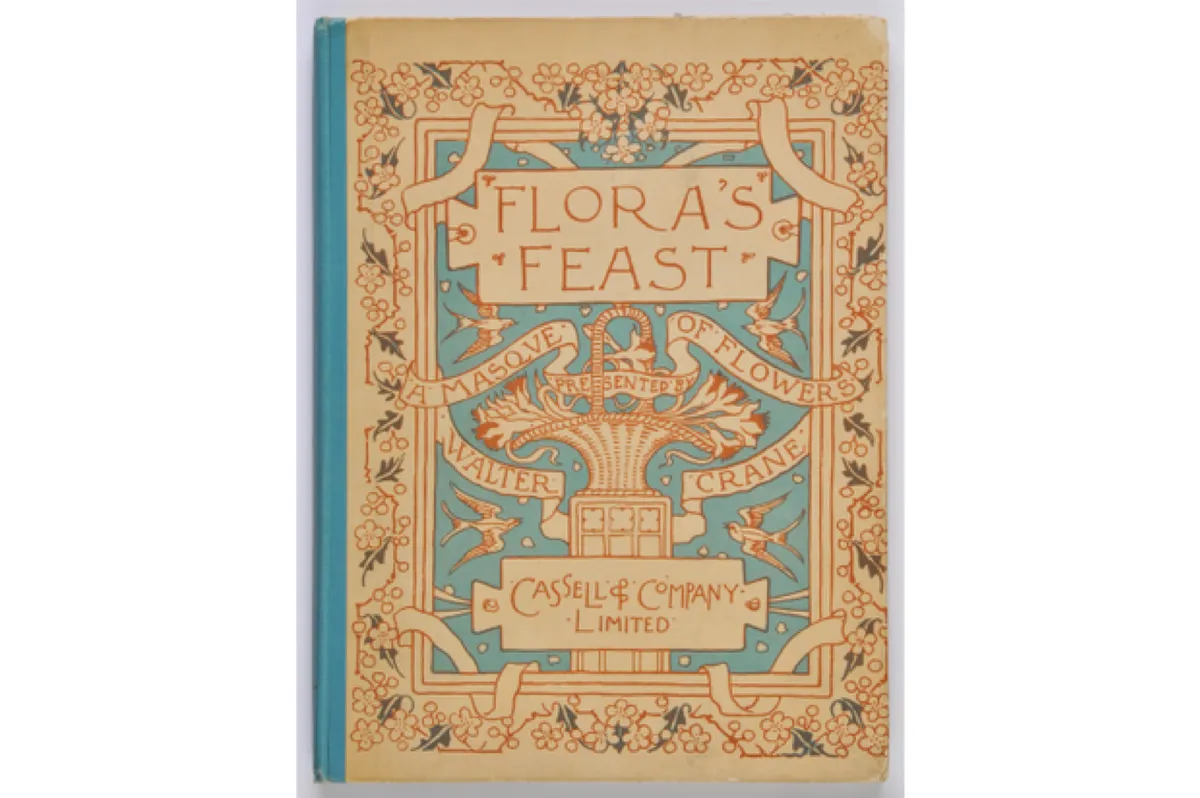
In the world of children’s literature, illustratorArthur Rackham(1867–1939) has legions of fans for his works. First editions from limited print runs command the highest prices. Just as magical but less appreciated is the work of illustratorWalter Crane(1845–1915), whoseFlora’s Feast(Cassell 1889) will fetch about £20 to £30 at auction.
3
Celadon ceramics
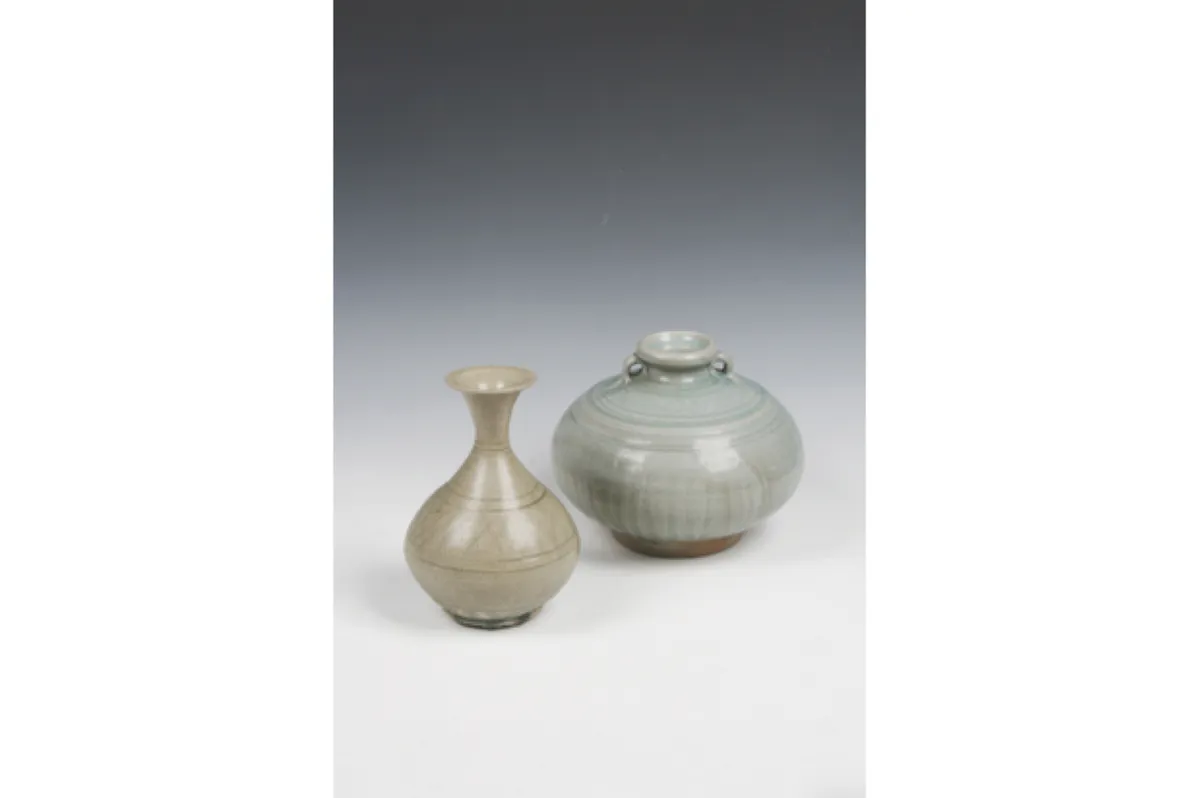
For over 1,000 years oriental potters have been makingceladon waresor ‘greenwares’. These beautiful jars, dishes, plates and vases are characterised by a varied palette of soft greens and bidders pay thousands of pounds for pieces. Equally beautiful but undervalued antique celadon from Thailand and Korea is a snip – the two vessels pictured fetched £260 (pear-shaped vase) and £340 (squat jar) respectively.
4
Brown furniture
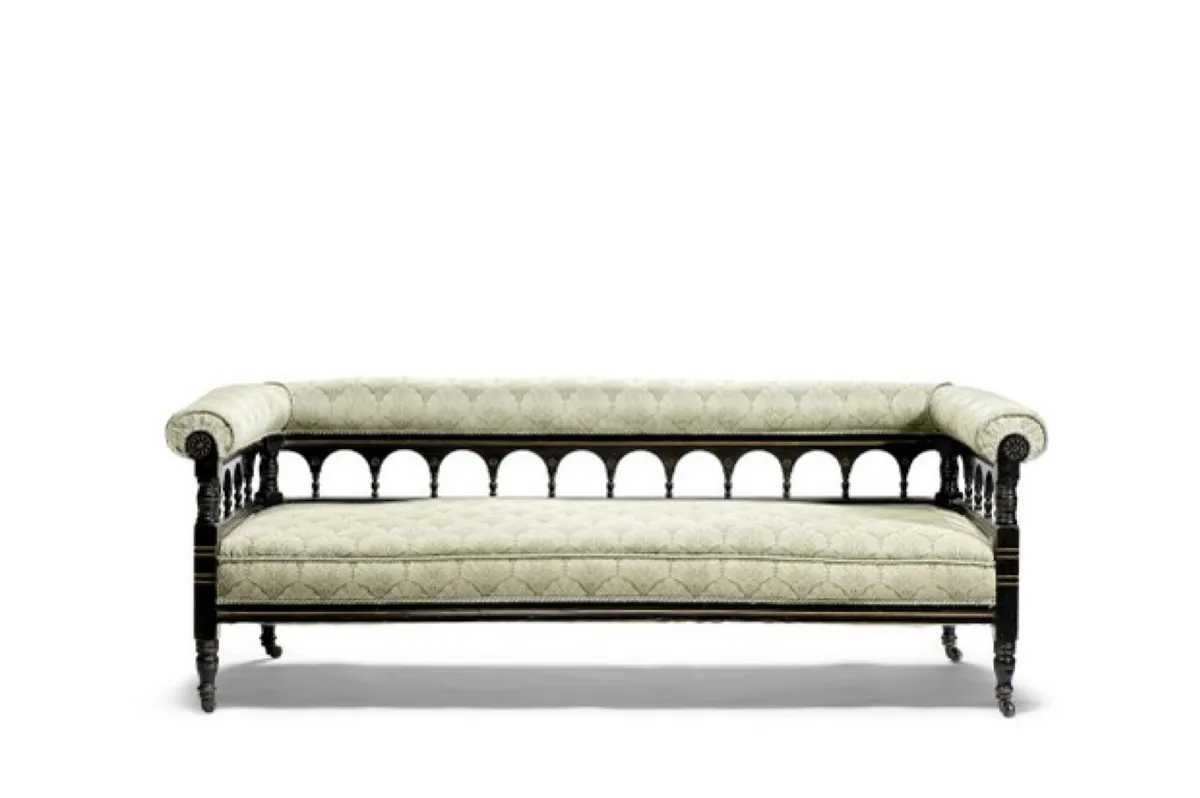
Gillows of Lancasterwas the biggest name in furniture manufacture in the 19th century, making bespoke sets for grand houses, plus a range of standard designs for well-heeled homeowners. The company employed the best cabinetmakers and used top quality timber, and genuine Gillows pieces fetch top dollar. Other manufacturers emulated Gillows designs – this unbranded sofa of the same period and style sold for a modest £1,187.
5
Patterned glass lamps
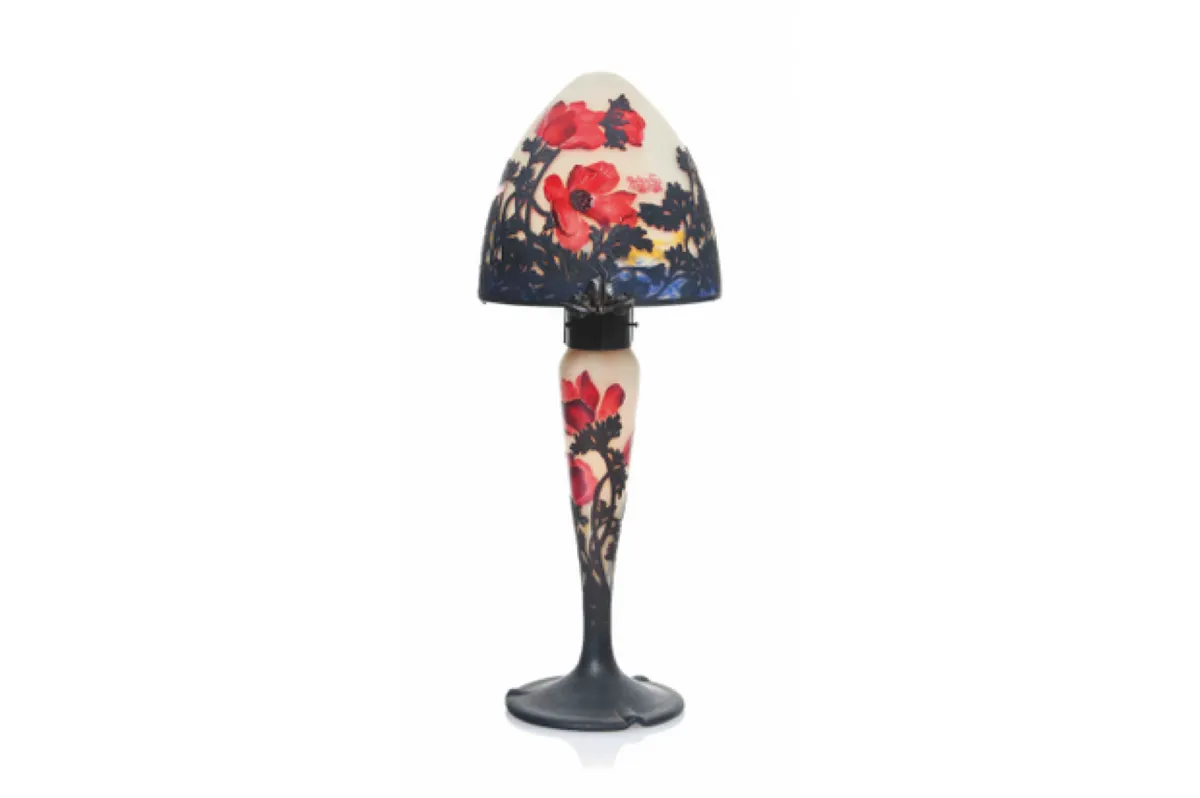
The turn of the 19th century was a golden era for glass design, throwing up names such asLalique,GalléandLouis Comfort Tiffany. In 1898, Tiffany created lamps and lighting made of handmade stained glass that now fetch upwards of £60,000 at auction. From the same period, the cameo glass table lamps of the French makerMuller Frèresare equally elegant but so much more affordable – this ‘Poppy’ design, c1910, sold for £7,500 atChristie’s.
6
Vintage tableware
[image id="10638" size="landscape_thumbnail" align="none" data-lightbox-src="" title="A large blue-spotted antique tea set" alt="A large blue-spotted antique tea set" classes=""]There’s something enduringly special about the output of artistEric Ravilious(1903–1942). His transfer-printed designs for Wedgwood earthenware, created between 1936 and 1940, are sought after today as they were in his prime. In the same period,Susie Cooper(1902–1995) produced a charming variety of earthenwares that were hand-painted or transfer-printed, complete sets of which sell for under £500 at auction today.
7
20th-century silverware
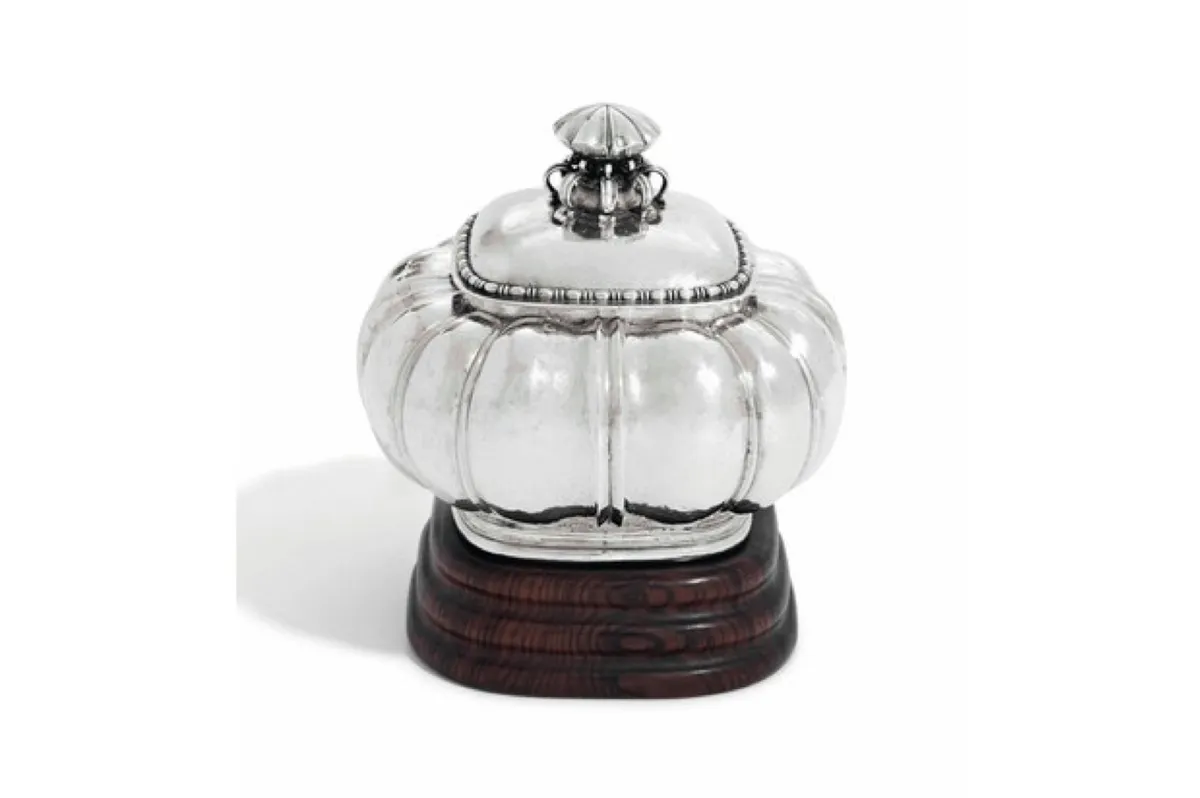
Sleek and high quality silverware by theGeorg Jensencompany, founded in Copenhagen in 1904, has never gone out of fashion. In comparison, the market isn’t as strong for the fabulous silverware ofOmar Ramsden, the British designer working at a similar time to Georg Jensen in the early 20th century. This silver tea caddy, c1928, is an investment certainly, but fetched a more affordable £4,375 atChristie’s.
8
Mid-century classics
[image id="10640" size="landscape_thumbnail" align="none" data-lightbox-src="" title="A mid-century armchair upholstered in soft, brown leather" alt="A mid-century armchair upholstered in soft, brown leather" classes=""]After the Second World War, furniture design took off and one of the most iconic pieces from that time is theEames670 lounge chairand671 ottomandesigned in 1956 in America. Early examples are popular so expect to pay anything from £1,000 to £3,000. Fortunately, there is plenty of well-made Scandinavian furniture from the period around that is much more affordable. The Falcon chair designed bySigurd Ressellin 1970 is a direct descendent, and this example sold at auction atSwordersfor £220.
While we might want to reach for the stars in terms of collecting big antique names, realistically our budgets don't always stretch. Here's how to look out for the underdog - a similar and good quality piece, that isn't as sought-after (or as pricey) as the orignal!
What to check for:
- Poor condition affects value, so avoid chips, cracks and obvious restoration in glass and china.
- When building a collection, buy the best example you can find. Three good things are better than 10 that are under par.
- There's no substitute for physically checking and handling an item before you buy. Is a sofa comfortable? Will that candelabrum look good on your dinner table? These are all important questions to consider.
- Buying from a reputable souce, like an accredited auction house, means that on item will have been properly authenticated by it's style and marks.
- Be wary of bargains online. If it sounds too good to be true, it probably is.
- To get a good grasp of what things are worth, sign up with an online site such asinvaluable.co.ukto access recent auction hammer prices.
Where to buy affordable antiques:
FAIRS
- Arthur Swallowruns fairs in Lincolnshire, Derby, Cheshire, Surrey and North Yorkshire. 01298 27493;arthurswallowsfairs.co.uk
- B2B Eventsholds events in Worcestershire, Edinburgh, Birmingham, Kent and the West Midlands. 01636 676531;b2bevents.info
- Cooper Eventshas fairs in Buxton, the Cotsworlds, Harrogate and Cheshire. 01278 784912;cooperevents.com
- International Antiques & Collectors Fair(IACF) runs fairs at Newark, Ardingly, Shepton Mallet and Newbury. 01636 702326;iacf.co.uk
- Penman Antiques Fairshas fairs in London, Chester, East Sussex, Oxfordshire and Hampshire. 01886 83301;penman-fairs.co.uk
AUCTION HOUSES
- Adam Partridge, Cheshire. 01625 431788;adampartridge.co.uk
- Bonhams Oxford. 01865 853640;bonhams.com
- Catherine Southon, Surrey. 020 8313 3655;catherinesouthon.co.uk
- Cheffins, Cambridge. 01223 213343;cheffins.co.uk/fineart
- Dominic Winter, Gloucestershire. 01285 860006;dominicwinter.co.uk
- Duke's, Dorset. 01305 265080;dukes-auctions.com
- Fieldings, West Midlands. 01384 44140;fieldingsauctioneers.co.uk
- Halls, Shropshire. 01743 450700;hallsgb.com
- Lyon & Turnbull, Edinburgh. 0131 557 8844;lyonandturnbull.com
- Mallams, Oxfordshire. 01865 241 358;mallams.co.uk
- Roseberys, London. 020 8761 2522;roseberys.co.uk
- Sworders, Essex. 01279 817778;sworder.co.uk
- Tennants, Yorkshire. 01969 623780;tennants.co.uk
- Woolley & Wallis, Wiltshire. 01722 424500;woolleyandwallis.co.uk